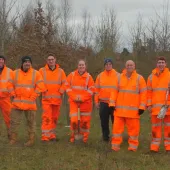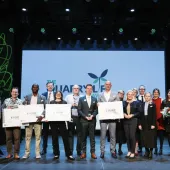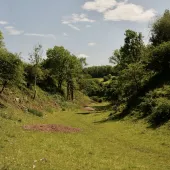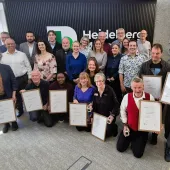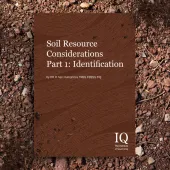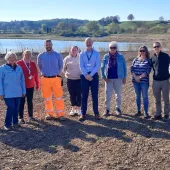International Quarry Life Award winners announced
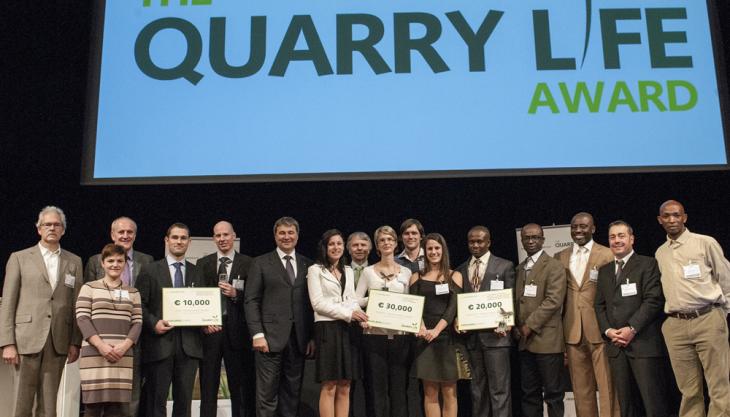
HeidelbergCement honour innovative projects for biodiversity promotion around the world
ON 13 December 2012, the winners of the international Quarry Life Award were announced and prizes were presented at a special ceremony in Heidelberg. Guest speaker at the event was primate researcher, UN Messenger of Peace and environmental activist Jane Goodall, Dame of the British Empire, who spoke about the current threats to the planet, but also about what she sees as reasons for hope.
With the Quarry Life Award, HeidelbergCement have established a competition at international level, with the aim of discovering new ideas for the promotion of biodiversity at quarry sites. More than 300 projects from 18 countries were submitted to this year’s competition.
From the 80 best projects, three winners were decided per country as well as the three global award winners. The three best projects in the individual countries received monetary awards of €1,500, €3,000 and €5,000, while the three winners of the international competition were awarded €10,000, €20,000 and €30,000.
Winner of the International Quarry Life Award was a team from Czech Republic: Klára Řehounková, Lenka Schmidtmayerová and Kamila Lencová of the University of South Bohemia, in Budweis, and Jiří Řehounek of the environmental organization Calla.
They mapped a variety of habitats at the CEP II gravel pit near the city of Trebon and recorded the species diversity of numerous groups of organisms. Their research showed that undisturbed, natural development of open areas on or around the shorelines of the extraction zones permits considerably greater species development than only reforestation.
Second prize was awarded to a team led by Paul K. Nsiah in Ghana. They conducted experiments in Yongwa Quarry, in Ghana, which proved that surface erosion caused by heavy rains can be contained using mats woven of ‘elephant grass’.
The key to the success of this concept is that the grass grows abundantly and the erosion-control mats can be produced by the local community – resulting in new income streams for people living near the extraction sites.
Third place went to Philip Wheeler, Sue Hull, William Mayes and Caroline Pindar from the University of Hull in the UK. They studied the variety of wading bird species in the lakes at Wykeham Quarry, in North Yorkshire. The focus was on how the make-up of species diversity is linked to the composition of the sand deposits in the silt lagoons.
Because aggregates extraction sites are important stepping stones for bird migration, the habitat improvements derived from this project could bring about a huge increase in their significance as foraging grounds for resting migratory species.
Speaking at the award ceremony, Dr Bernd Scheifele, chairman of the managing board of HeidelbergCement, said: ‘The first Quarry Life Award was a complete success. We are proud of the acceptance and enthusiasm with which we were greeted in every country by contestants and participating environmental organizations, as well as our own employees.
‘Through the Quarry Life Award and the results of the many projects, we are striving to contribute to a sustainable increase in knowledge – across national boundaries – about the biological value of mineral extraction sites.
‘That is our aim, which is why we will continue to carry on the competition as we move into the future.’



